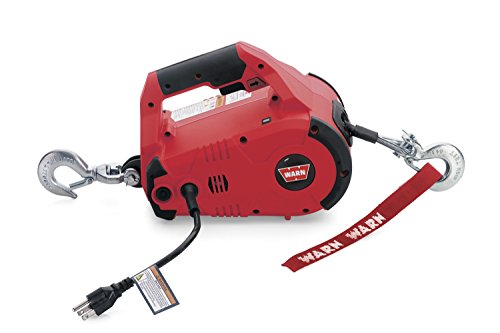The backstory can be found here, but the truncated version is that a neighor was selling a 1982 GL1100 for a low price. Not running, of course.
Went over on Saturday with cash in hand. Liked what I saw, and decided to take a gamble. A 1982 Standard, with plenty of accessories.



Long term goal is to convert it back to a standard (because they are beautiful), but keep the accessories as an option.
Short term goal is to get this on the highway.
So the summary of listed problems:
- Rear shock warning light is on.
- Motorcycle does not start, but runs briefly on starting fluid.
- Rear tire needs replacing.
Diagnosed problems (so far):
- Bike still doesn't start.
- One missing fuse, two incorrect fuses (fixed).
- Low coolant (fixed).
- Rear suspension loses air rapidly, there's the sound of air escaping from around the top left rear shock.
- Front suspension has no air. Aired it up to 18PSI. Dropped to 10 PSI overnight.
- Front left rotor is slick. Brake fluid? Or something else?
- Rear tire looks mostly good, but has a bald spot. Unbalanced? Or something else?
- Fuel lines need replacement.
I'm currently working on the carbs, which sat for what I think was two years with old gas. Got them out, and am tearing into them from the bowls to see the damage. So far, every float valve has been glued in place with varnish. Every jet has been stuck, and almost all are clogged. The bowls have some crud in the bottom (and tinged green). Working on carbs #1, #2, and #3, while keeping #4 as a reference. Gaskets do look good though. I think this was rebuilt probably around five years ago. The accelerator pump and the one air cutoff diaphragm I looked at are iffy.
None of the needle jets have come out by themselves. I put the bowls back on just in case one decides to work its way free.
Neither has the o-ring and washer for the pilot screws that the Honda Service Manual shows.
I think I'll be separating the carbs, disassembling them, and soaking each of them in some carb cleaner.
Questions so far:
1. Does the standard 1982 GL1100 have o-rings on the pilot jets? I'm not seeing any.
2. What carb soak do you prefer for nasty varnish? How long of a soak?
Went over on Saturday with cash in hand. Liked what I saw, and decided to take a gamble. A 1982 Standard, with plenty of accessories.



Long term goal is to convert it back to a standard (because they are beautiful), but keep the accessories as an option.
Short term goal is to get this on the highway.
So the summary of listed problems:
- Rear shock warning light is on.
- Motorcycle does not start, but runs briefly on starting fluid.
- Rear tire needs replacing.
Diagnosed problems (so far):
- Bike still doesn't start.
- One missing fuse, two incorrect fuses (fixed).
- Low coolant (fixed).
- Rear suspension loses air rapidly, there's the sound of air escaping from around the top left rear shock.
- Front suspension has no air. Aired it up to 18PSI. Dropped to 10 PSI overnight.
- Front left rotor is slick. Brake fluid? Or something else?
- Rear tire looks mostly good, but has a bald spot. Unbalanced? Or something else?
- Fuel lines need replacement.
I'm currently working on the carbs, which sat for what I think was two years with old gas. Got them out, and am tearing into them from the bowls to see the damage. So far, every float valve has been glued in place with varnish. Every jet has been stuck, and almost all are clogged. The bowls have some crud in the bottom (and tinged green). Working on carbs #1, #2, and #3, while keeping #4 as a reference. Gaskets do look good though. I think this was rebuilt probably around five years ago. The accelerator pump and the one air cutoff diaphragm I looked at are iffy.
None of the needle jets have come out by themselves. I put the bowls back on just in case one decides to work its way free.
Neither has the o-ring and washer for the pilot screws that the Honda Service Manual shows.
I think I'll be separating the carbs, disassembling them, and soaking each of them in some carb cleaner.
Questions so far:
1. Does the standard 1982 GL1100 have o-rings on the pilot jets? I'm not seeing any.
2. What carb soak do you prefer for nasty varnish? How long of a soak?




















































